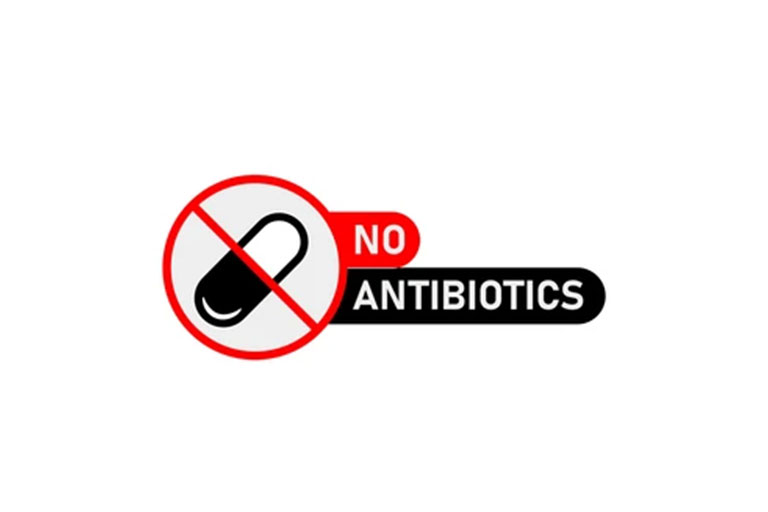09 Apr HEALTHY LIVESTOCK Project

The use of antibiotics in food-producing animals can induce the presence of residual substances in manure, which are then released into the environment and may contribute to soil and groundwater contamination. During the on-farm implementation of strategies to improve animal health and welfare in chicken and pig farms, the consequences of antibiotic use were evaluated in terms of the occurrence and levels of antibiotic residues in manure.
A set of 35 broiler farms from Cyprus, Greece, the Netherlands and 40 pig farms from France and Italy provided a total of 350 manure samples. The primary objective was to develop a specific LC/MS/MS method capable of quantifying antibiotic residues in both types of manure. The method was able to detect fifteen antibiotics belonging to nine classes, with validated limits of quantification of 10–20 μg/kg, and accuracies ranging from 81% to 138%.
With the exception of amoxicillin, which was never detected in any manure, all antibiotics used were detected in manure from treated animals with typical concentrations ranging from 10 to 99198 μg/kg for both chickens and pigs. The occurrence of residual antibiotics was higher in chicken than in pig manure, especially for fluoroquinolones and doxycycline which were detected in 89% and 100% of the chicken manure, respectively, and in 28% of the pig manure. The impact of the health plans on the antibiotic load manure was assessed by measuring for each farm the ratio of the sum of all antibiotic concentrations measured after and before the implementation of the plan. The results showed that, in addition to the frequency of treatments, the class of antibiotic used is an important factor to consider as it strongly influences the stability/instability of the compounds, i.e. their ability to persist in the manure of food-producing animals.



